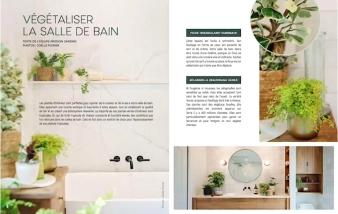
Text and photo: Laura Pigeon
__
If there is one thing I love about all my houseplants, it is being able to multiply them. Making new plants from cuttings or giving them as gifts to friends is always something I love to do.
In this article, I give you all my tips for successfully propagating your cuttings at home. There are several ways to do it, and I will share my different methods.
Stem Cuttings
In my opinion, stem cuttings are the easiest way to multiply your plants. Just find a node on your stem and then cut below the node. Here are some examples of plants that are easy to propagate:
It is very important to learn about each type of plant you wish to propagate. For example: Ficus secretes sap when cut. It is important to let the sap dry for about 12 hours before placing it in a substrate.
I also advise you to clean your scissors between each cutting with a little alcohol, as some plant saps may not be compatible with each other. However, if you are propagating 3 varieties of pothos, for example, there is no issue.
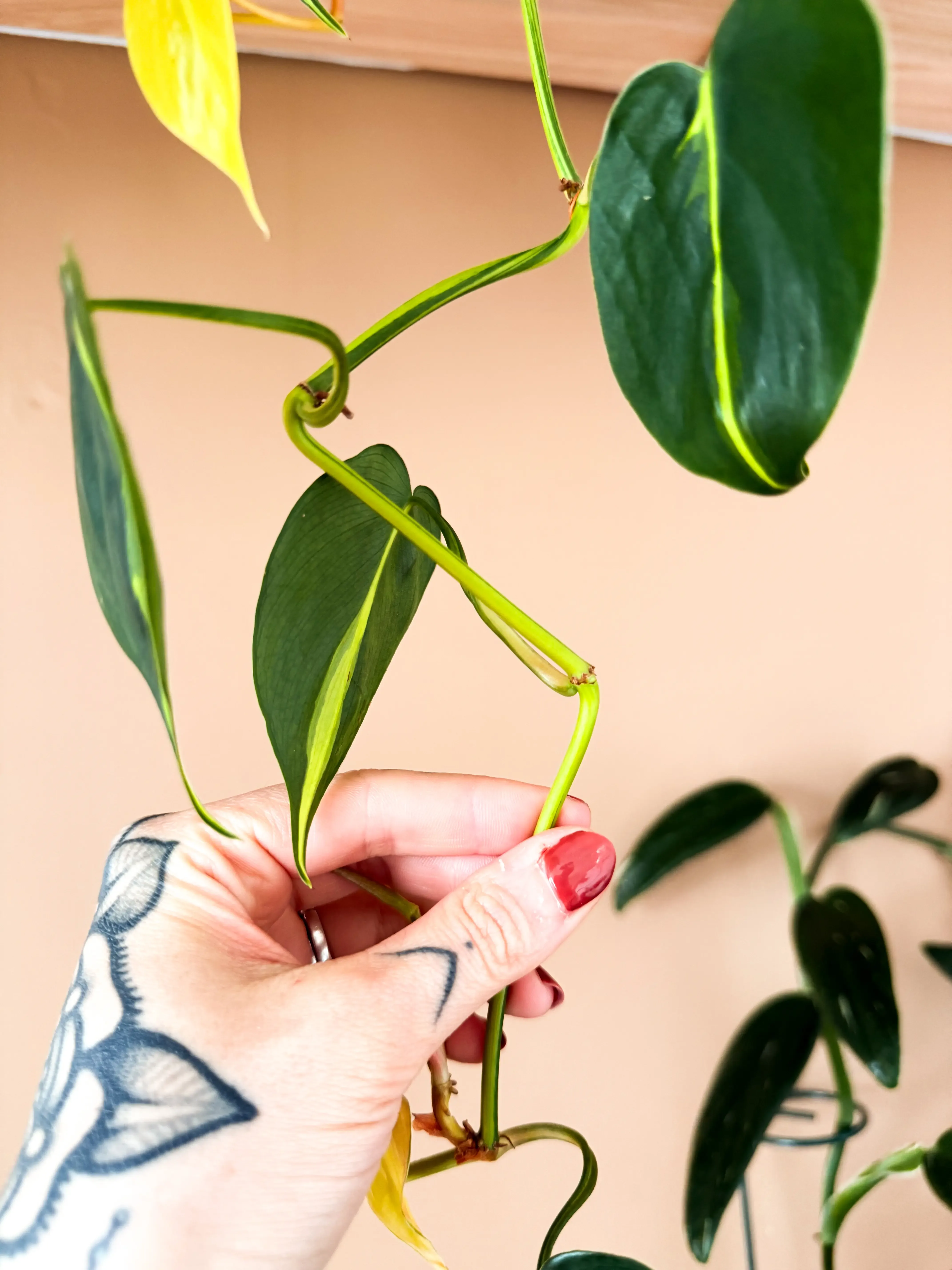
The Different Propagation Techniques
What to put our freshly cut cutting into? There are several choices, and I'll share the pros and cons.
- Water: We are often taught to make our cuttings directly in water. Although this generally works well, water has a problem. The plant will develop aquatic roots rather than terrestrial ones. Therefore, when you transfer your small cutting into soil, it may die. Why? Because the small plant will have to expend a lot of energy to transform its aquatic roots into terrestrial roots. Also, for some plants, it is almost mission impossible to go with this method because their root system needs aeration and contact with a solid substrate to develop well. There is a high risk that it will fail, and it's not your fault. Later, I will share a product that I really like to use when making my cuttings to succeed.

- Sphagnum Moss: Sphagnum moss is one of my favorite substrates for propagation. It stays moist for a very long time, and it is not necessary to think about watering often. Be careful; there are different qualities of sphagnum moss, some of which can dry very quickly. Simply wrap the stem of our plant well and then wait for our roots to form. I like to use a transparent plastic container to create a kind of small greenhouse for my cuttings. The roots will be terrestrial.
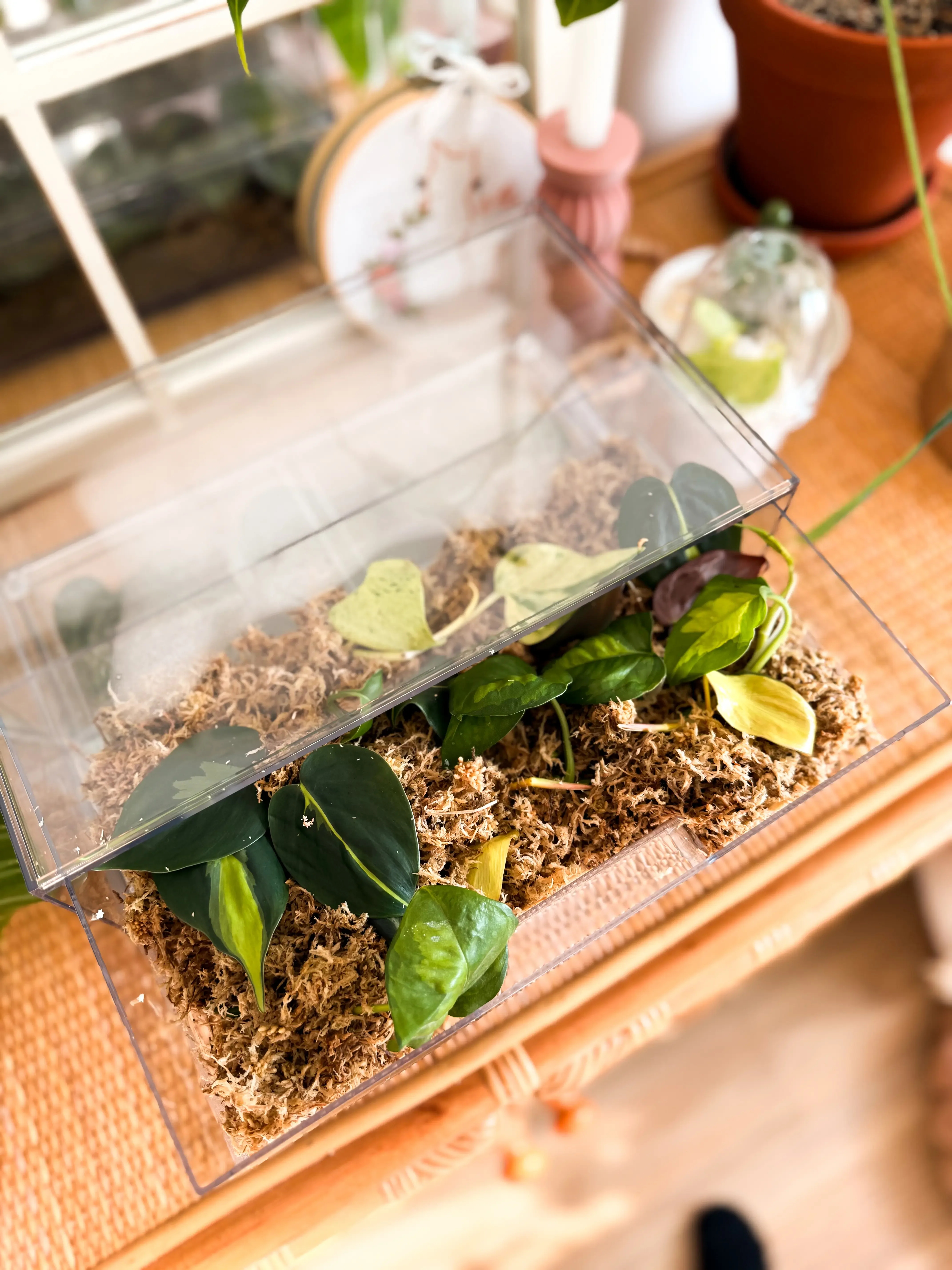
- Perlite: It is also possible to make our cuttings directly in perlite. The small downside is that you have to remember to water quite often because perlite dries fairly quickly. However, I find that roots form a little faster in perlite than in sphagnum moss or soil. The roots will be semi-hydro.
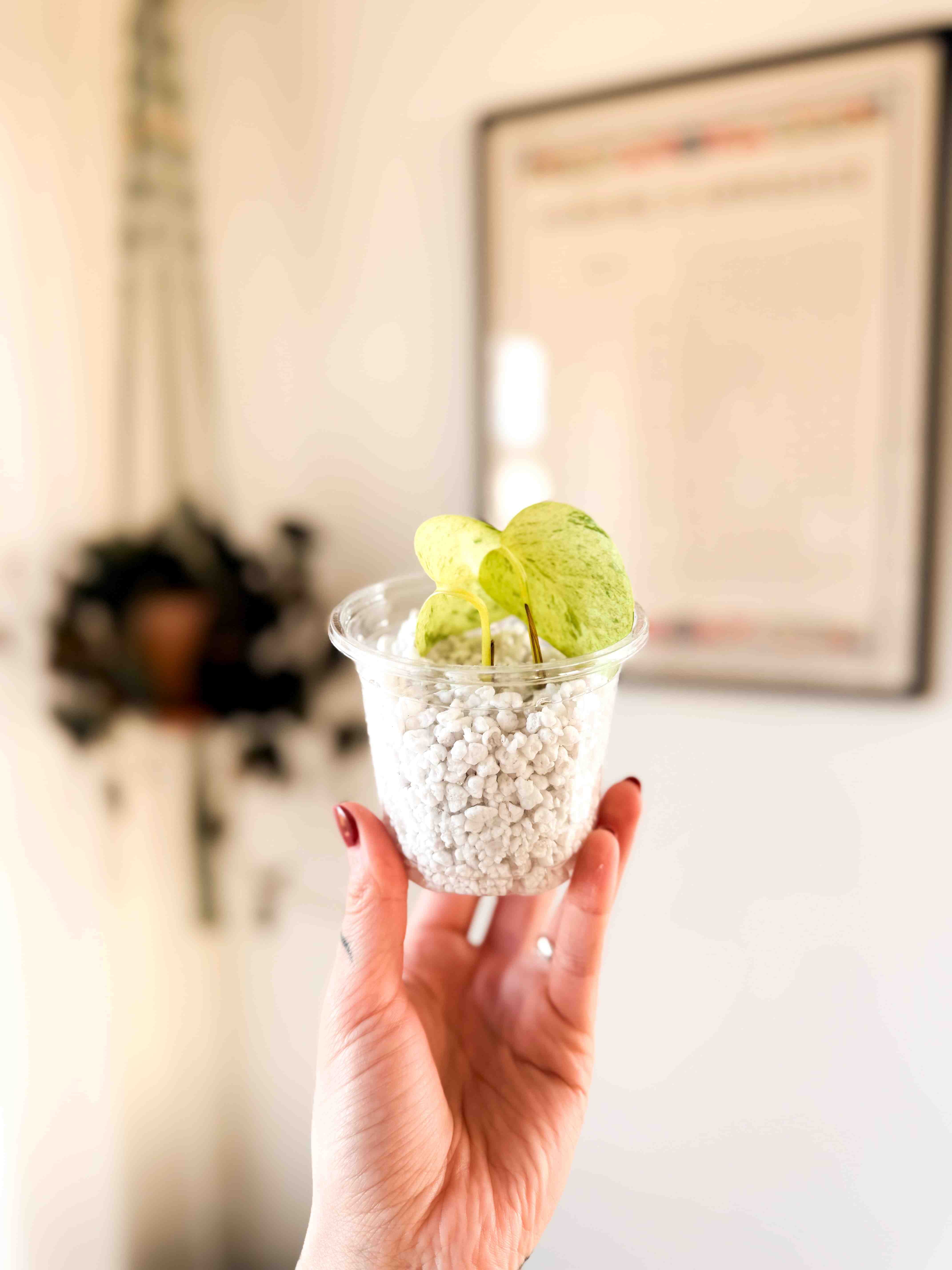
- Soil: Of course, we have the cuttings directly in soil. As the plant starts from scratch with its roots, those that grow directly in soil are already accustomed to this environment and do not need to adapt when it is time to repot. Again, you need to keep the soil slightly moist at all times until the terrestrial roots are well developed. I advise you to wet the soil at the start, but afterwards, you can water by misting the foliage. If the soil becomes too dry, you can water it a little, but you prioritize moistening the leaves.
What I find difficult with soil cuttings is managing watering. Be careful not to overwater the soil, as this can rot the cutting.
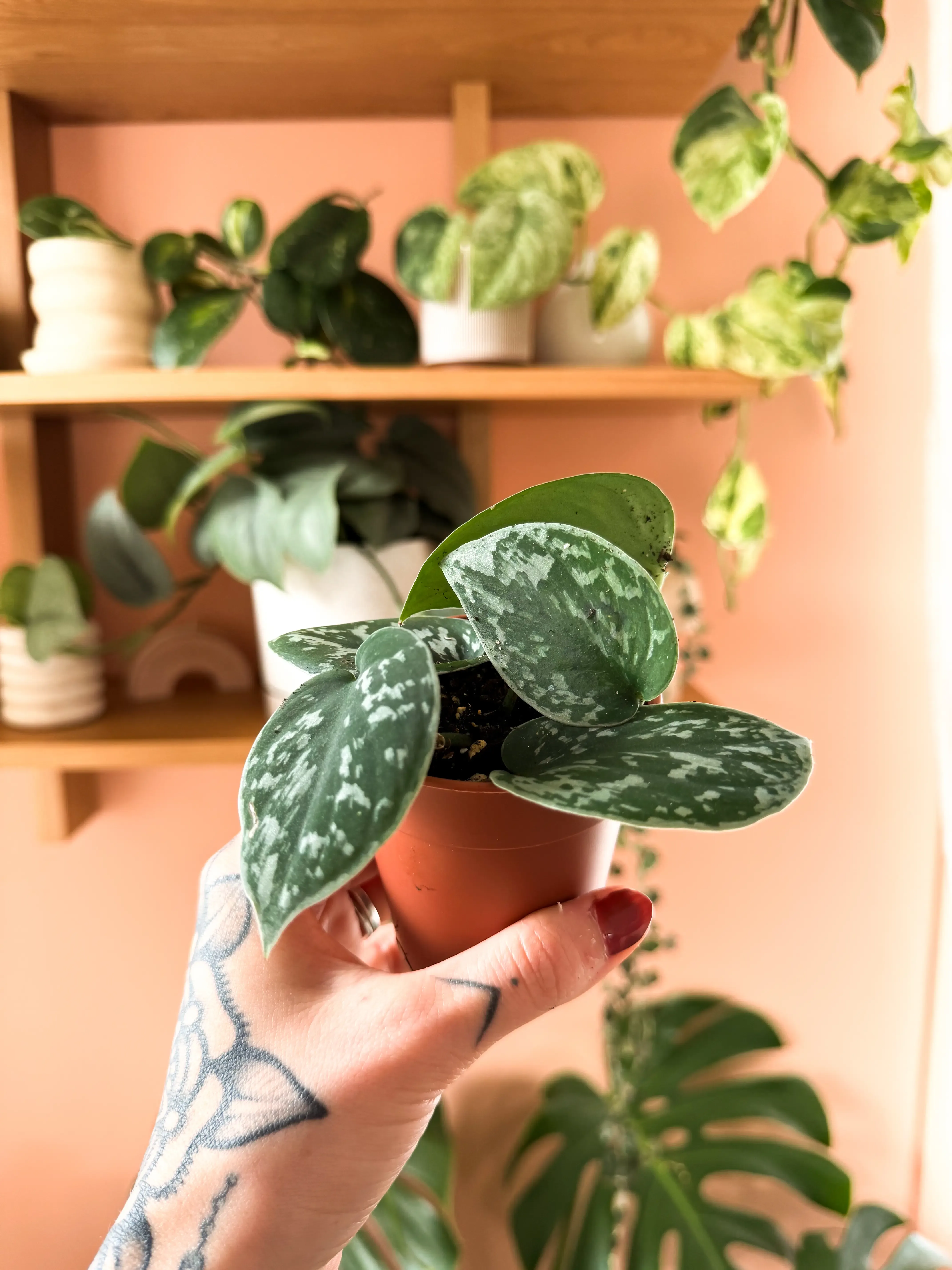
My Tips for Success
It is important to know our plants well because some cannot be propagated by stem and can only be multiplied by division.
There are also other techniques for propagating our plants, such as air layering, which is a simple method to grow a new plant from a branch of an existing plant without cutting it immediately.
A small product that I really like to help with root formation when I propagate my plants is PROMIX's STIM-ROOT. It promotes root growth and greatly helps me succeed with my cuttings.
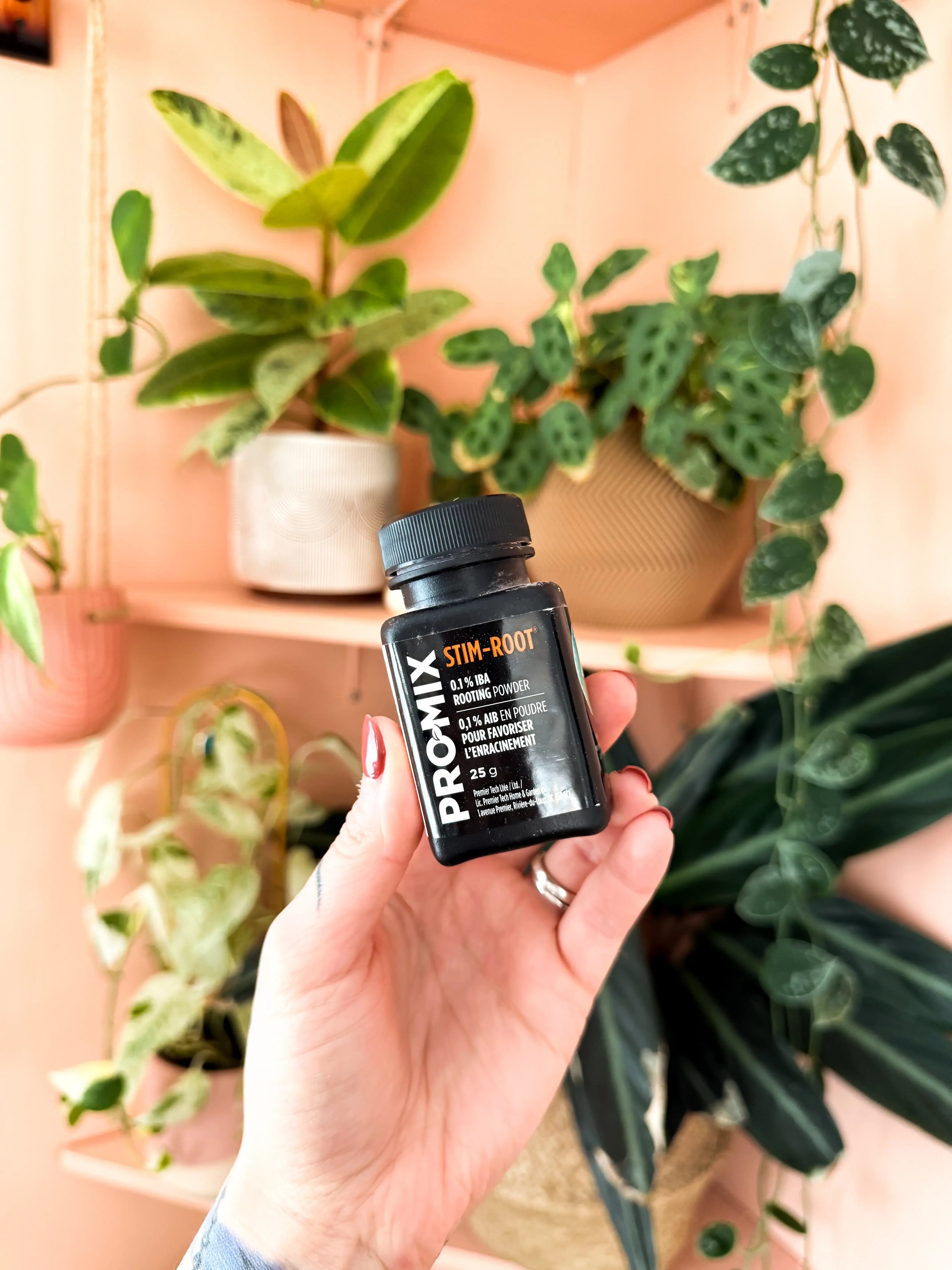
Making cuttings is a simple, economical, and rewarding way to multiply your favorite plants. Whether you are a beginner or not, this technique offers a direct connection with nature, while giving you the satisfaction of seeing a new plant grow thanks to you. All it takes is a little patience, a few basic tools, and above all, the desire to experiment. So why not try your first cutting today?
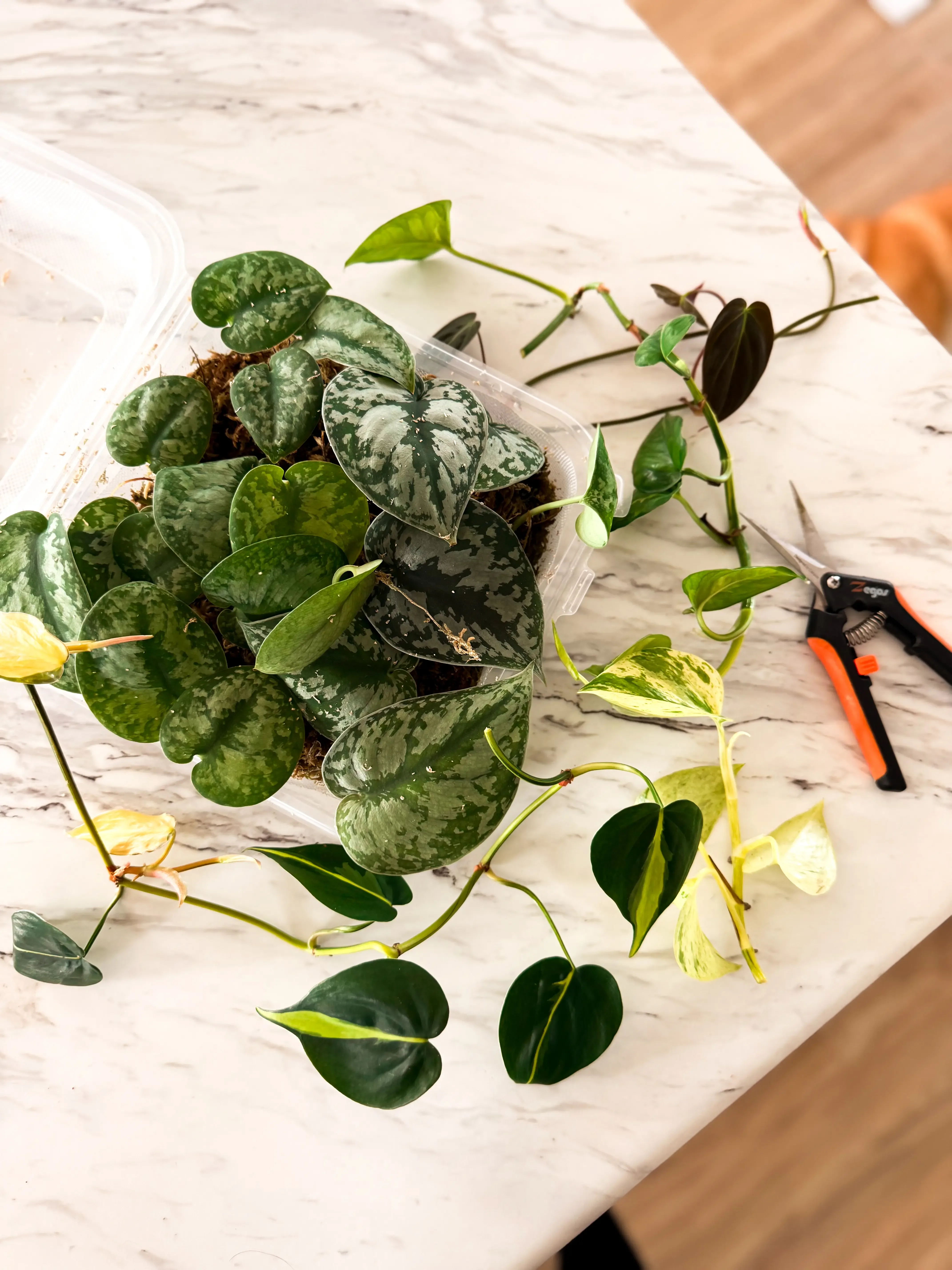
Tips and advice
